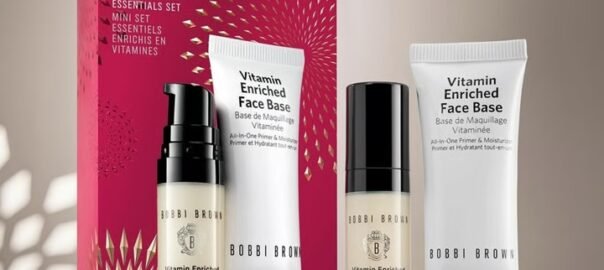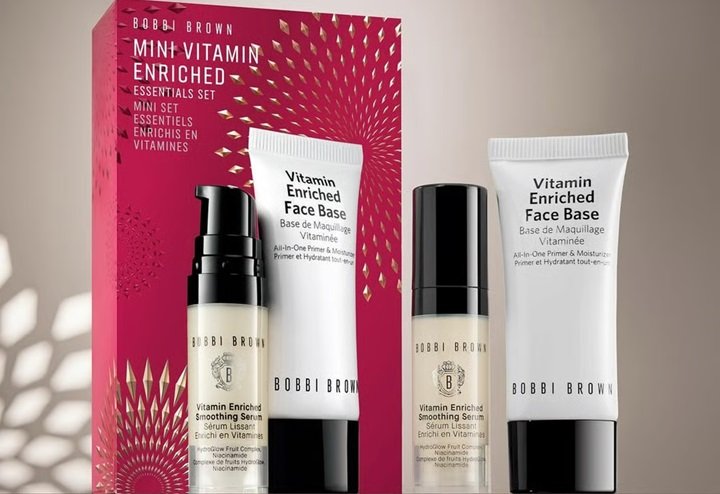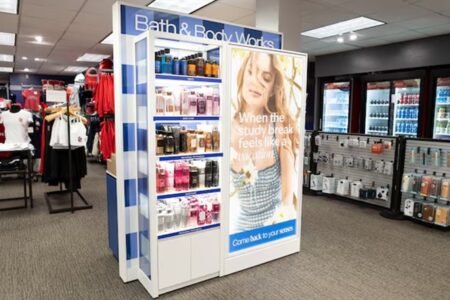
Boomers are the next big consumer culture frontier
Consumer companies can cope with the baby bust. They just have to pivot to baby boomers. Birth rates falling to historic lows across the developed world, combined with people living longer, are reshaping the global market for the things we eat, wear and put on our skin.
Yet despite the fact that older people have more purchasing power, the consumer goods world is still far more obsessed with catering to the young. It’s time for manufacturers to pay more attention to the silver economy — where there’s a market for everything from food and personal care items to toys and fashion.
Japan has long been the epicentre for catering to an aging population, from having dedicated malls for seniors to employing robotic carers. But populations are also aging in Europe and the US.
Although children still outnumber older adults in the US, the gap is narrowing, according to the Vintage 2024 Population Estimates, released in June by the US Census Bureau.
Despite older adults spending more on travel and meals out, elderly fashion is often neglected. There is a market for clothing that is stylish yet suitable for silver fashionistas. And given that many older people have accumulated assets over their lifetimes, it’s a potentially lucrative market at a time when demand elsewhere is fragile.
Higher necklines, more pockets and looser sleeves could easily be incorporated into designs. We get shorter as we age, so more length options in dresses and men’s pants would be a relatively simple easy win, too.
For the very old, dexterity becomes more of an issue, making elasticated waists and front-fastenings necessary. Learnings from children’s wear could be valuable here. British retailer Marks & Spencer Group Plc has created a range for children with disabilities or limited mobility, including hidden openings for feeding tubes, softer fabrics and replacing buttons on shirts with Velcro fastenings. It’s not hard to see such features applied to items for the elderly. If technology — such as fabrics that help cool the body — could be incorporated, garments would be even more effective.
But perhaps the biggest opportunity for consumer companies is what trend forecaster WGSN has described as “living for longevity,” in other words preparing for our many later years throughout our lives.
The wellness and beauty industries are most obvious beneficiaries. Collagen production is already a focus for skincare brands and vitamin makers. Nestle is also working on addressing cell decline, which begins in a person’s 40s and starts to accelerate in their 60s. Creatine, which supplies energy to muscles and can also support brain health, is also coming into the longevity picture.
The consumer sector is fascinated with Gen Z and Gen Alpha. Thinking about their later years at the same time as selling them the latest frippery won’t exactly make demographic change child’s play, but it should make companies more resilient.
News Credits- FASHION NETWORK









